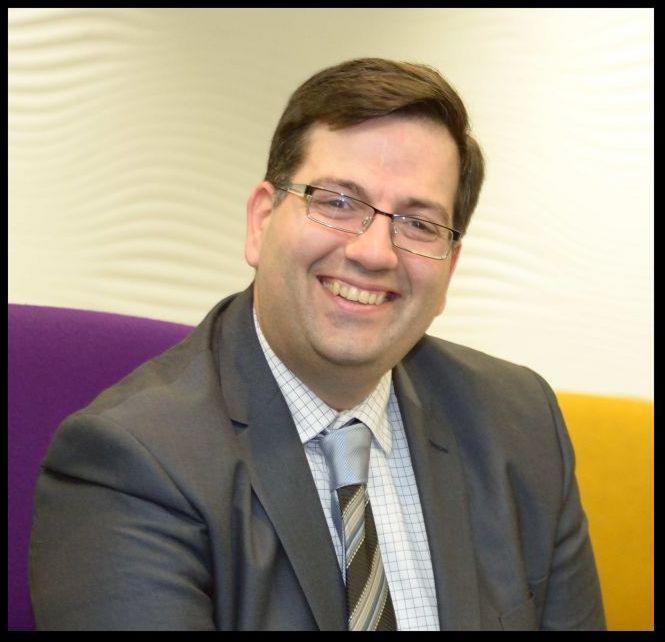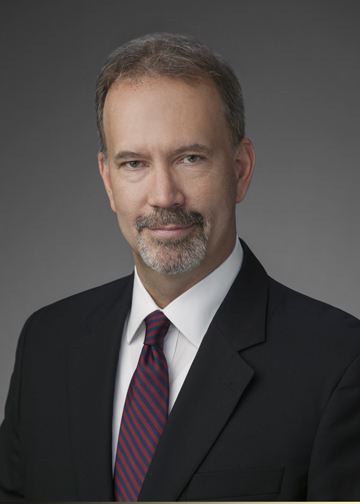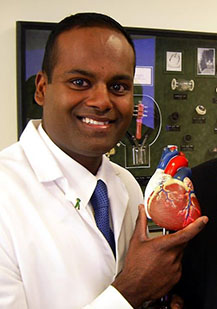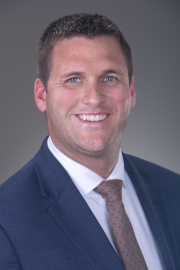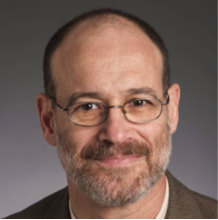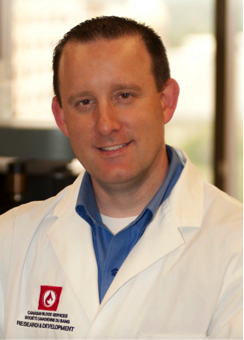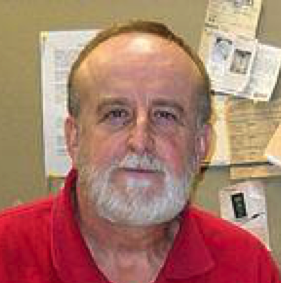We are expanding our scientific advisory board to reflect the ongoing contributions of James Markmann (Chief of Transplantation, Massachusetts General Hospital), Lori West (Director, Canadian National Transplant Research Program and Alberta Transplant Institute), Zisis Kozlakidis (Head, Laboratory Services and Biobanking (IARC/WHO) and ISBER Past-President), Kevin Myer (President and CEO, LifeGift), Susan Gunderson (CEO, LifeSource), Jayan Nagendran (Vice President and Director of Clinical Investigation, Tevosol; Surgeon and Director of Research, Division of Cardiac Surgery, University of Alberta), Gina Dunne Smith (Executive Director, International Institute for the Advancement of Medicine), David Hartell (Executive Director, Canadian National Transplant Research Program), and Matthew Wadsworth (VP of Clinical Affairs, Nevada Donor Network). We look forward to continuing to work together towards our common goals!






